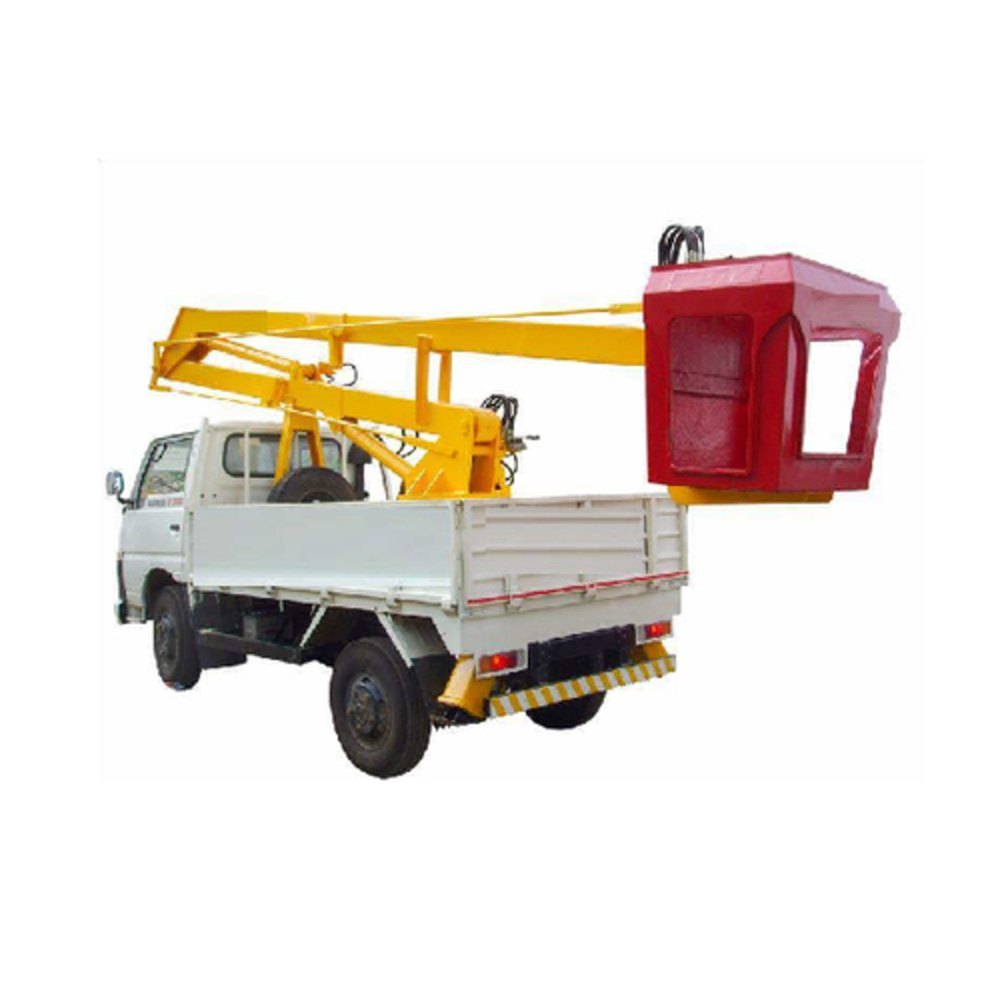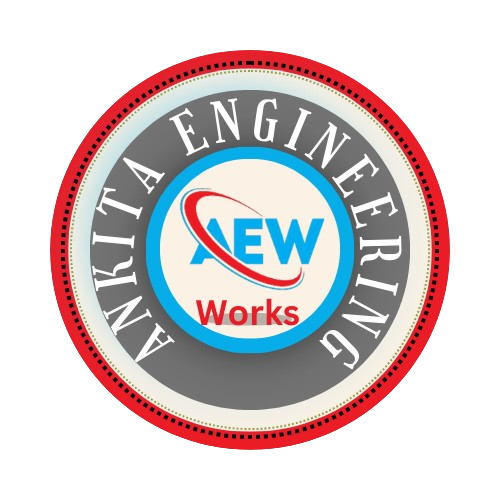
SKY Lift
Sky Lift Engineering Works refers to the design, manufacturing, and maintenance of aerial work platforms, commonly known as Sky Lifts, which are used for lifting people or equipment to elevated positions safely. These lifts are essential in various industries, particularly for maintenance, construction, and inspection of structures that are high off the ground, such as buildings, bridges, and power lines.
Key Aspects of Sky Lift Engineering Works:
1. Design & Manufacturing:
- Platform and Lift Systems: The main components of a Sky Lift are the platform or basket and the lifting mechanism. These systems can be hydraulic or electric, with hydraulic systems offering higher lifting capacities and longer reach.
- Stability and Safety Features: Sky lifts are designed with a focus on stability and safety, including outriggers (stabilizers), safety rails, harness points, and automatic leveling systems to ensure the platform stays balanced while elevated.
- Boom Design: Sky lifts come with different types of booms, such as telescopic, articulating, or straight booms, depending on the range of movement required and the working conditions. Articulating booms are ideal for accessing tight spaces, while telescopic booms are better for reaching higher elevations.
- Control Systems: Modern Sky Lifts feature advanced control systems that allow operators to adjust the lift’s movement with precision, including direction, speed, and height.
- Material Selection: Construction materials for Sky Lifts are selected for strength, durability, and lightweight properties, often using high-grade steel, aluminum, and composites to ensure longevity and safety.
2. Types of Sky Lifts:
- Truck-Mounted Sky Lifts: These lifts are mounted on trucks and are used for high-reach tasks in various industries. They are ideal for work in urban areas where mobility and reach are crucial.
- Crawler-Mounted Lifts: Crawler-mounted Sky Lifts are equipped with tracks rather than wheels, providing stability and maneuverability on uneven or soft ground, making them suitable for outdoor construction and maintenance projects.
- Trailer-Mounted Lifts: Smaller and more portable, trailer-mounted Sky Lifts can be towed by vehicles to different locations and are commonly used in smaller-scale operations.
- Self-Propelled Lifts: These lifts are fully mobile and can move around job sites on their own without needing to be towed or mounted on a vehicle. They are commonly used for indoor tasks.
- Tracked and Wheeled Boom Lifts: Designed for specific environments, tracked lifts provide more stability on uneven terrain, while wheeled versions are suitable for smoother surfaces.
